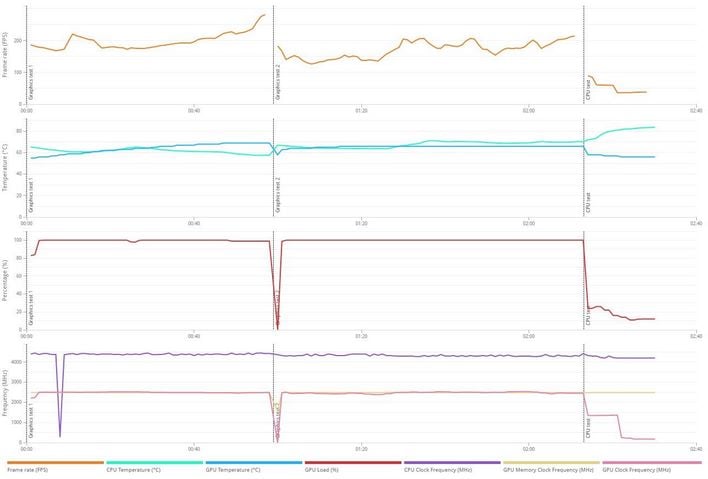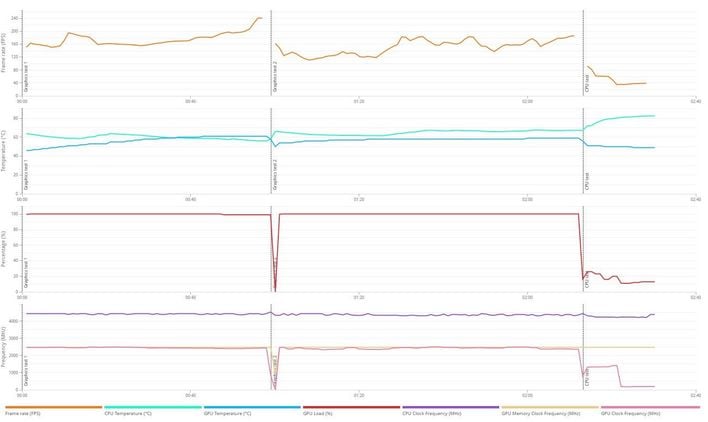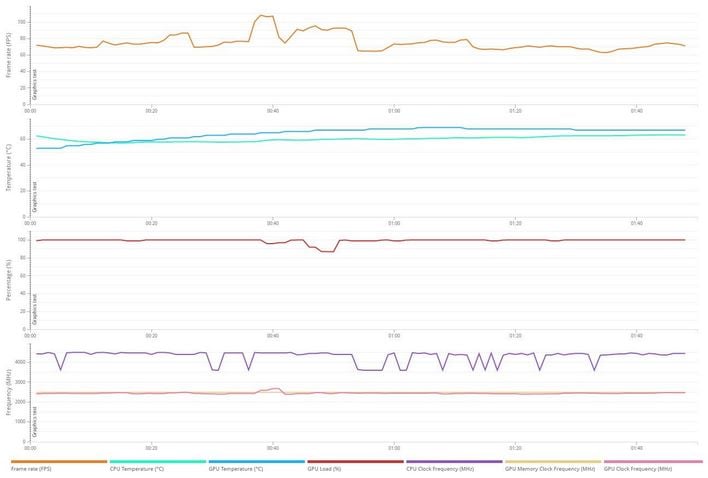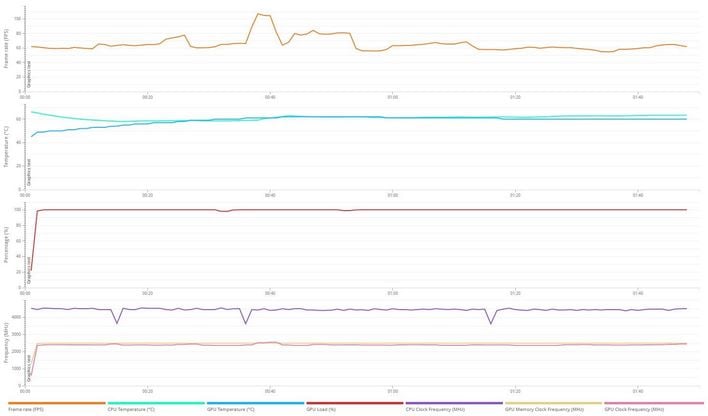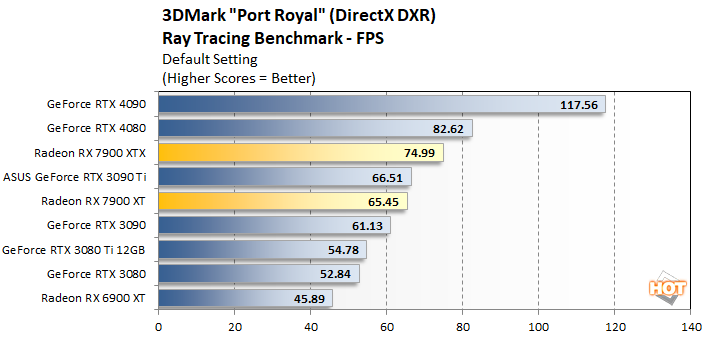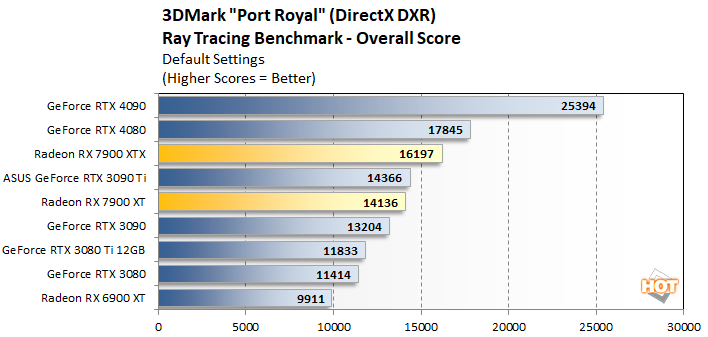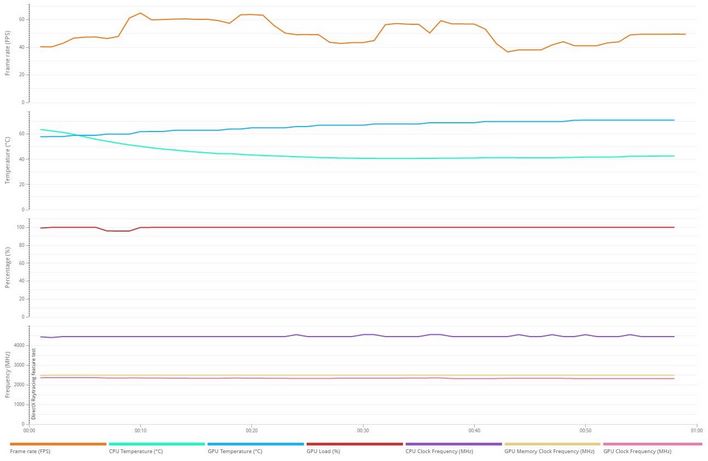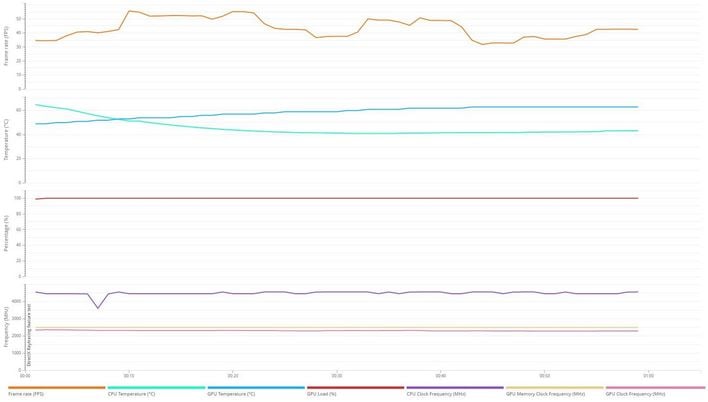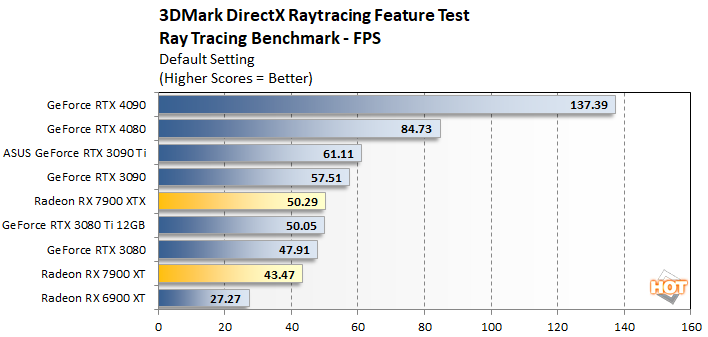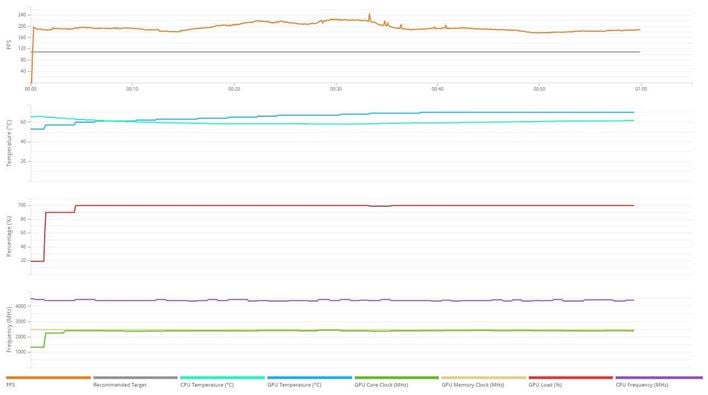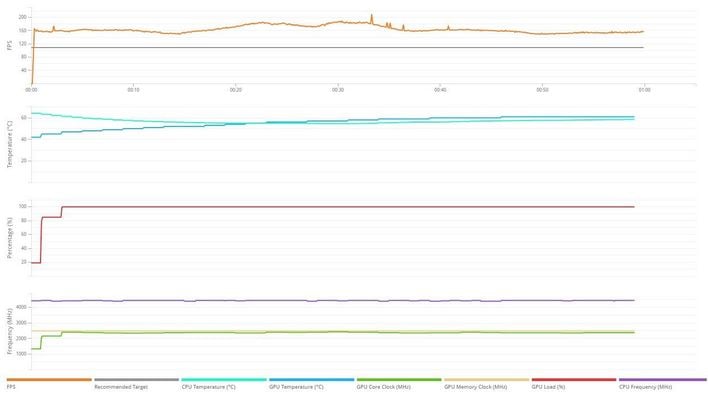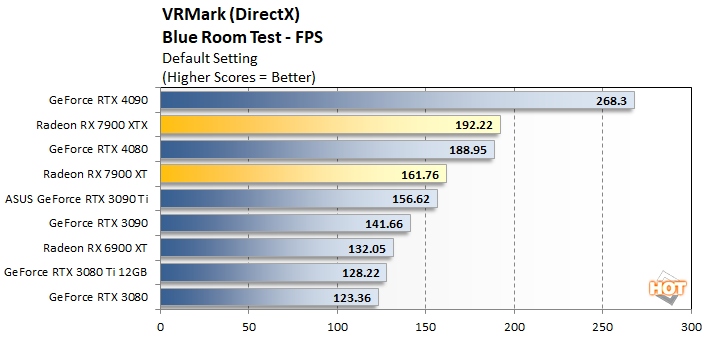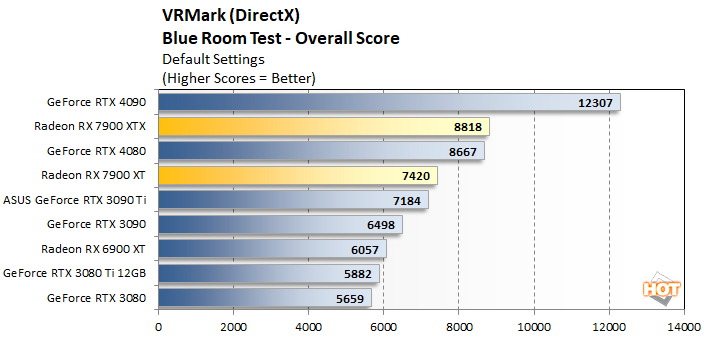AMD Radeon RX 7900 XTX & 7900 XT Review: RDNA 3 Brings Big Gains
Radeon RX 7900 XT & 7900 XTX: UL, Synthetic, Crytek And VR Benchmarks
3DMark Time Spy is a synthetic DirectX benchmark test from UL. It features a DirectX 12 engine built from the ground up to support bleeding-edge features like asynchronous compute, explicit multi-adapter, and multi-threading. Time Spy is designed to test the DX12 performance of the latest graphics cards using a variety of techniques and varied visual sequences. This benchmark was developed with input from AMD, Intel, Microsoft, NVIDIA, and the other members of the UL Benchmark Development Program, to showcase the performance and visual potential of graphics cards driven by close-to-the-metal, low-overhead APIs.
UL 3DMark Time Spy DX12 Benchmarks
The Radeon RX 7900 XT and Radeon RX 7900 XTX sandwich the GeForce RTX 4080 in the 3DMark Time Spy test, and offer significantly more performance than any previous-gen card from either camp, but the GeForce RTX 4090 outruns everything by a wide margin.
UL 3DMark Port Royal Ray Tracing Benchmarks
Port Royal was released as an update to UL’s popular 3DMark suite. It is designed to test real-time ray tracing performance of graphics cards that support Microsoft DirectX Raytracing, or DXR. Although DXR is technically compatible with all DX12-class GPUs, the graphics card must have drivers that enable support for the feature.
DirectX Ray Tracing (DXR) Feature Test
We also tested the cards with UL's DirectX Ray Tracing Feature test. This test is laser-focused on path-tracing performance, and uses few of the card's other resources over and above what is required for ray tracing.When focuses solely on DXR ray tracing features, the Radeon RX 7900 XTX and RX 7900 XT are knocked down a few rungs, with the flagship 7900 XTX trailing the GeForce RTX 3090 and the 7900 XT trailing the GeForce RTX 3080. Both of AMDs new cards, however, are a huge step up over the Radeon RX 6900 XT.
Crytek Neon Noir Benchmarks
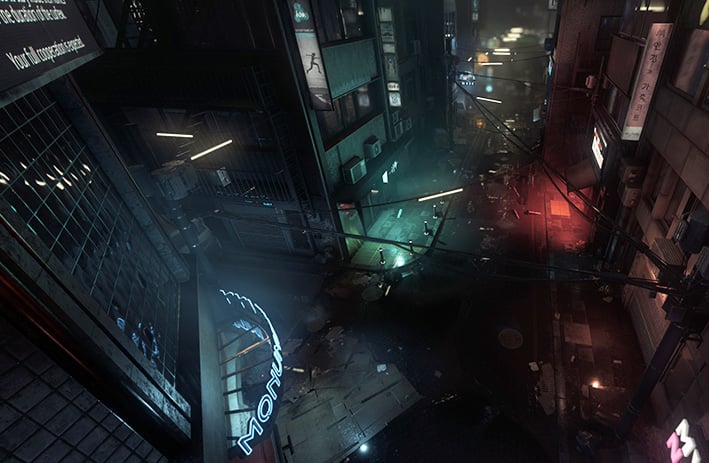
Crytek Neon Noir
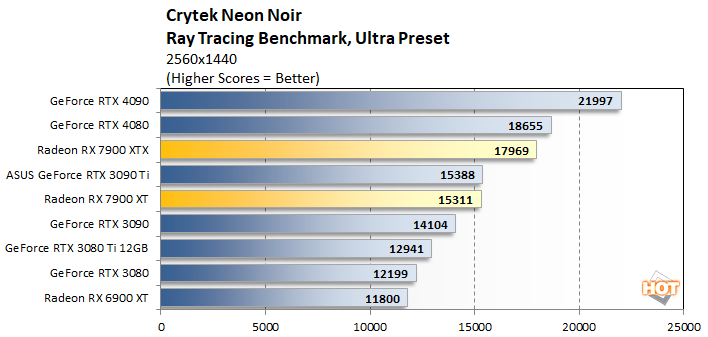
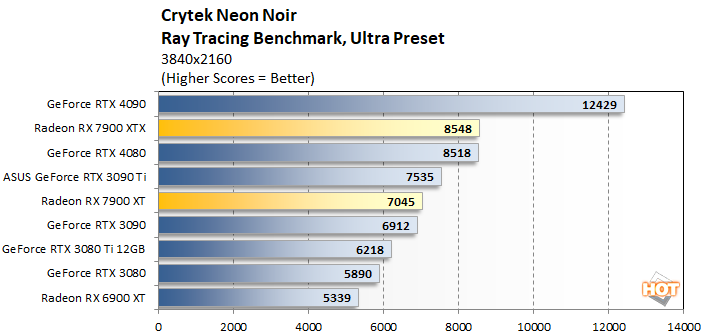
VR Benchmarks: VR Mark & Unigine Superposition
Superposition is the latest benchmark from Unigine, powered by the UNIGINE 2 Engine. It offers an array of benchmark modes, targeting gaming workloads as well as VR, with both DirectX and OpenGL code paths. There is an extreme hardware stability test built-in too. Unigine Superposition uses the developer’s unique SSRTGI (Screen-Space Ray-Traced Global Illumination) dynamic lighting technology, along with high quality textures and models, to produce some excellent visuals. We ran Superposition's VR Future benchmark to compare the performance of all of the graphics cards featured here.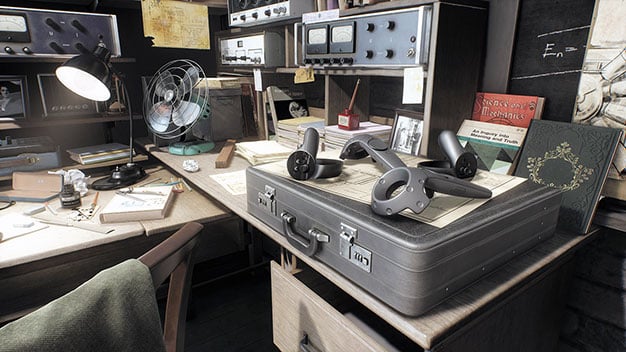
Unigine Superposition VR Future Test

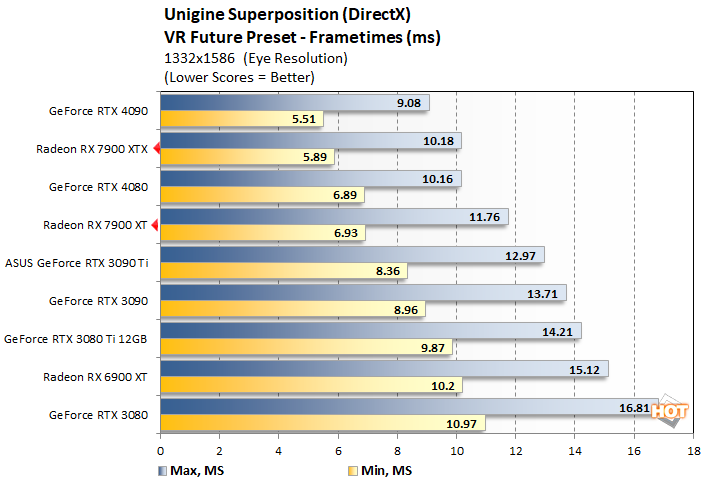
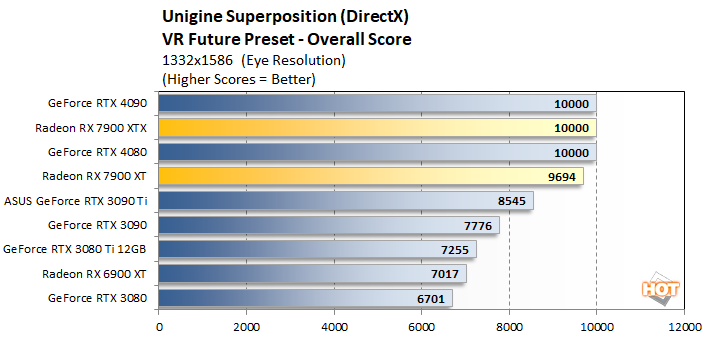
UL VR Mark Blue Room Benchmarks
UL's VRMark is designed to test a PC’s readiness for the HTC Vive and Oculus Rift virtual reality headsets. The benchmark does not, however, require that one of the headsets is attached to the PC to run and it uses an in-house graphics engine and content to ensure comparable results between different platforms. We ran the "Blue Room" VRMark test at defaults settings here, which is currently the most taxing test offered by the tool.We saw more of the same in the VRMark Blue Room test. Here, the Radeon RX 7900 XT was able to outrun the GeForce RTX 4080 by a small margin. The Radeon RX 7900 XT finished not too far behind, but still managed to outrun all of the previous-gen cards.


